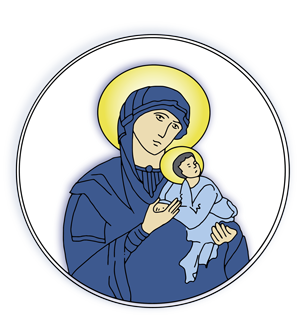How do we assess pupils’ learning?
Changes to the National Curriculum in 2014 means that we now assess without levels.
At the end of KS1 and KS2, pupils will be given a scaled score and a ‘performance descriptor’ against the expected standard.
Children are assessed against Age Related Expectations (ARE). For example, by the end of Year 1, children would be expected to be working at a 1S (this means that they are secure at Year 1 age related), Year 2 would be secure at 2S etc.
We use the following codes when assessing children:
Emerging (E) This means that children are beginning to work within their expected, age related year group.
Developing (D) This means that children are developing their knowledge of age related expectations for their year group.
Secure (S) This means that children are working securely within their age related year group and are meeting the National Curriculum expectations.
Mastery (M) This means that children are working at greater depth within their age related year group and are meeting the National Curriculum expectations.
Children are set individual, realistic targets for the academic year. Both attainment and progress are tracked closely throughout the year.
In core subjects, age related expectation grids are used to assess children regularly.
Our assessment and reporting system includes:
• Ongoing assessment against the National Curriculum objectives and school targets by the class teacher throughout each lesson, through questioning, observation and dialogue.
• Children knowing what they are being asked to learn and more importantly, why.
• Success criteria are used within lessons; these enable self, peer and teacher assessment.
• Clearly identified next steps are given to children – this can be written or verbal feedback.
• Regular pupil work scrutiny.
• Progress tests for Reading and Maths each term.
• Unit markers at the start and end of each foundation subject which are used to inform an end of year teacher assessment.
Statutory Assessments (End of Key Stage):
In addition to the above assessments, pupils also complete the following statutory assessments:
• Reception – Baseline, EYFS profile
• Year 1 – Phonics Check
• Year 2 SATs- end of Key Stage assessment
• Year 4 – Multiplication Tables Check (MTC)
• Year 6 SATs- end of Key Stage assessment
Tracking Progress
We closely track children’s progress throughout the year at three points. We use detailed progress charts and look closely at groups of children as well as individuals. We use a tracking software called DC Pro.
Early Years
Class teachers will use a combination of the EYFS profile and the baseline assessment to measure children’s progress.
Baseline:
• The baseline assessment will result in a score that forms part of each child’s baseline profile. By having a good understanding of the child’s abilities when they start school, class teachers are able to measure each child’s progress and plan for next steps in learning.
• The baseline assessment is face-to-face with a mixture of tasks and observational checklists.
EYFS Profile:
• The EYFS profile assessment is carried out in the final term of Reception
• The main purpose of the EYFS profile is to provide a reliable, valid and accurate assessment of individual children at the end of the EYFS
EYFS profile data is used to:
• Inform parents about their child’s development against the early learning goals (ELGs) and the characteristics of their learning.
• Help Year 1 teachers plan an effective, responsive and appropriate curriculum that will meet the needs of each child.
Children in Reception are assessed against the prime and specific areas of learning in the EYFS profile. Assessments are based on observation of daily activities and events. At the end of Reception for each Early Learning Goal, teachers will judge whether a child is meeting the level of development expected at the end of the Reception year:
• Entry – not yet reached the expected level of development
• Developing
• Secure – the expected level of development for their age
Phonics Screening Check Year 1
• The Phonics Screening Check demonstrates how well pupils can use the phonics skills they have learned up to the end of Year 1, and to identify those who need extra phonics help.
• The checks consist of 40 words and non-words that your child will be asked to read one-on-one with a teacher. Non-words (or nonsense words, or pseudo words) are a collection of letters that will follow phonics rules your child has been taught, but don’t mean anything.
• The 40 words and non-words are divided into two sections – one with simple word structures of three or four letters, and one with more complex word structures of five or six letters.
• Pupils will be scored against a national standard, and the main result will be whether or not they fall below, within or above this standard
• Pupils who do not meet the required standard in Year 1 will be re-checked in Year 2.
Reporting to Parents
• Parents’ evenings/afternoons during the autumn and spring terms.
• Mid-year progress reports in February.
• End of year reports, which inform parents of statutory end of key stage assessment results and targets for the following year.
For further information, please see our Assessment Policy below:

